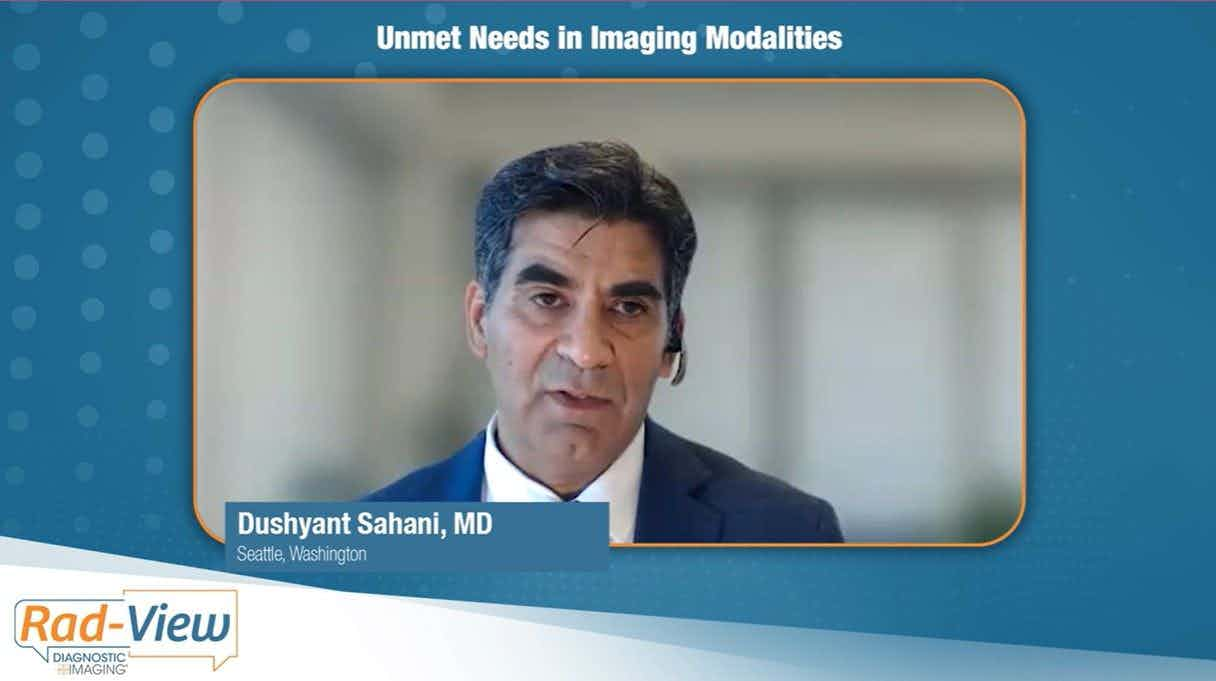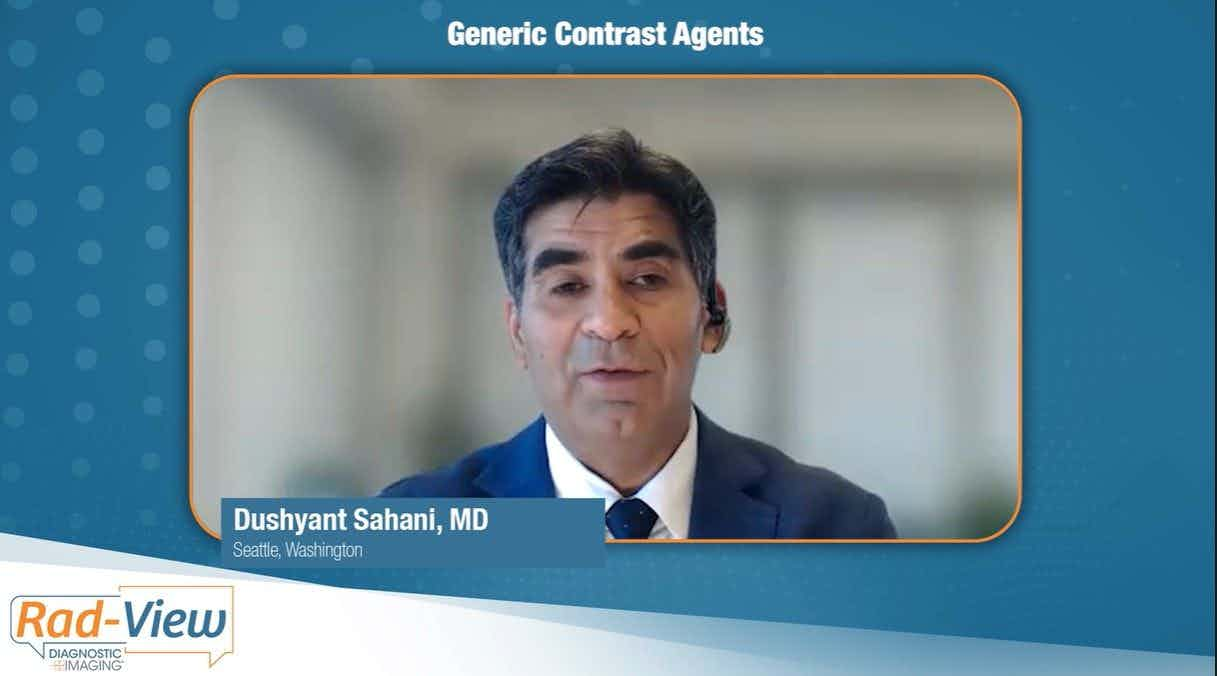Q&A: Abolishing the Term “Low Dose” for CT Reporting
The term “low dose” for reporting CT scan radiation dose is too vague, say editors of the journal Radiology. Here one editor discusses the goal of abolishing the term.
The term “low dose” for reporting radiation dose in CT scans should be scrapped for being too vague, argued Alexander A. Bankier, MD, PhD, and Herbert Y. Kressel, MD, in an editorial last fall in the journal Radiology. Moving forward, editors of the journal would be “increasingly critical of the use of the term ‘low dose’ in manuscripts submitted to Radiology and will discourage authors from using this term,” which they described as outdated and variable.
[[{"type":"media","view_mode":"media_crop","fid":"12152","attributes":{"alt":"","class":"media-image media-image-right","id":"media_crop_4350220452996","media_crop_h":"0","media_crop_image_style":"-1","media_crop_instance":"332","media_crop_rotate":"0","media_crop_scale_h":"0","media_crop_scale_w":"0","media_crop_w":"0","media_crop_x":"0","media_crop_y":"0","style":"height: 165px; float: right; width: 110px; margin: 5px;","title":"Alexander Bankier, MD, PhD","typeof":"foaf:Image"}}]]Bankier, chief of cardiothoracic imaging at Beth Israel Deaconess Medical Center and deputy editor of Radiology, and Kressel, chief editor of Radiology, suggested that CT dose should be evaluated and reported using four more specific parameters:
- Volume CT dose index (CTDIvol)
- Dose length product (DLP)
- A measure of patient dimensions
- The size specific dose estimate (SSDE)
Diagnostic Imaging followed-up with Bankier to discuss this position, the radiology community’s reaction to it, and what the future of “low-dose” CT might hold.
When did the term “low dose” first come into use and what was it originally intended to indicate?
The term low dose first came in to use some time ago, probably about 15 years age. It was meant to represent a CT examination protocol that was different to the standard protocol in that it applied lower radiation doses.
Does the term “low dose” inhibit the improvement of patient care?
The term low dose does not inhibit the quality of patient care. The problem with the term low dose is that it is a very vague identifier that has lost its meaning. The way that radiation dose for chest CT examinations and for CT examinations in general, evolved was that due to technical innovations the dose continued to decrease over the years. People starting calling things low dose without putting the quantitative metrics associated with it. It would be as if you put the label “light” or “diet” on some beverage or food, but without quantifying the calories, or, in this case, without telling people how low their low-dose CT would be.
In addition to that, there was the problem that the dose got lower and lower due to technical innovations. People were using the term “low dose” in an inflationary manner. There was low dose and then examinations became lower dose, so people called things “super low dose” and “ultra low dose.” Basically, the term lost its meaning. To support good research and to support good comparability between exams, machines, and centers, and, most importantly, to provide patients with reliable information, we believe that this term should no longer be used.
Last year, you and Herbert Kressel wrote an article declaring that the term “low dose” should no longer be used in reporting research. What was the overall reaction among your peers to the article?
The overall reaction was surprisingly good. When we met people or spoke to them, many people said, “Finally, somebody came up with that.”
There was very little concern about this recommendation. We had two or three Letters to the Editor from physicists who were concerned about technical details on how to quantify dose. Overall, it was very positive feedback.
What conversation were you hoping to start about how low dose is approached in research?
We were hoping to basically start avoidance of a very vague qualitative term and replace this term by hard, reproducible information.
In the time since publication, have you seen a decrease in the use of the term low-dose when discussing CT?
Of course, the term “low dose” has been around for such a long time. It always takes a long time to change practice and culture, but I think we were successful in starting this process. Now all of our authors are encouraged not to use this term anymore. In the journal Radiology, we would not accept articles that use this term, but would rather go back to the authors and ask them to quantify radiation dose in CT, as we recommended.
Sometimes, in causal conversations, people say, “This was low-dose. … Oops! I know we shouldn’t be saying this anymore.” To me that means we were successful in starting the process. Of course, this will take a long time and, hopefully, it will be successful.
What do you think it will take to ultimately change the culture and get widespread adoption of reporting metrics using the four specific metrics mentioned in your article?
The four specific metrics are a reasonable starting point. Ideally, at some point there will be a convention throughout all physicist organizations, radiological societies and the manufacturers to quantify CT dose in one single metric that will be reproducible across all manufacturers and all machines. I think it is our responsibility toward the patients to provide them with metrics that are reproducible, that says something and gives reproducible information. In light of the whole health care debate and shift towards quality assurance, quality programs, and quality of care, I think that providing the patients with reproducible and reliable information is a responsibility for the radiologist.
What is the ultimate ideal for the future of dose reduction in CT?
In terms of what would be the dream, it would be to have one single metric that is accepted throughout radiological societies, physicist associations and the manufacturers so that we have one metric, one parameter that will be used for characterization or quantification of CT radiation dose.
Basically, this means creating a new standard. As we have witnessed with the DICOM standard, this can be a very long process. Putting manufacturers together and getting them to agree on something takes a long time. I believe that we can be successful because, at end of day, this is meant to improve patient care, which I believe is our primary responsibility.
Study with CT Data Suggests Women with PE Have More Than Triple the One-Year Mortality Rate than Men
April 3rd 2025After a multivariable assessment including age and comorbidities, women with pulmonary embolism (PE) had a 48 percent higher risk of one-year mortality than men with PE, according to a new study involving over 33,000 patients.
The Reading Room: Racial and Ethnic Minorities, Cancer Screenings, and COVID-19
November 3rd 2020In this podcast episode, Dr. Shalom Kalnicki, from Montefiore and Albert Einstein College of Medicine, discusses the disparities minority patients face with cancer screenings and what can be done to increase access during the pandemic.
Predicting Diabetes on CT Scans: What New Research Reveals with Pancreatic Imaging Biomarkers
March 25th 2025Attenuation-based biomarkers on computed tomography (CT) scans demonstrated a 93 percent interclass correlation coefficient (ICC) agreement across three pancreatic segmentation algorithms for predicting diabetes, according to a study involving over 9,700 patients.
Can Photon-Counting CT be an Alternative to MRI for Assessing Liver Fat Fraction?
March 21st 2025Photon-counting CT fat fraction evaluation offered a maximum sensitivity of 81 percent for detecting steatosis and had a 91 percent ICC agreement with MRI proton density fat fraction assessment, according to new prospective research.










